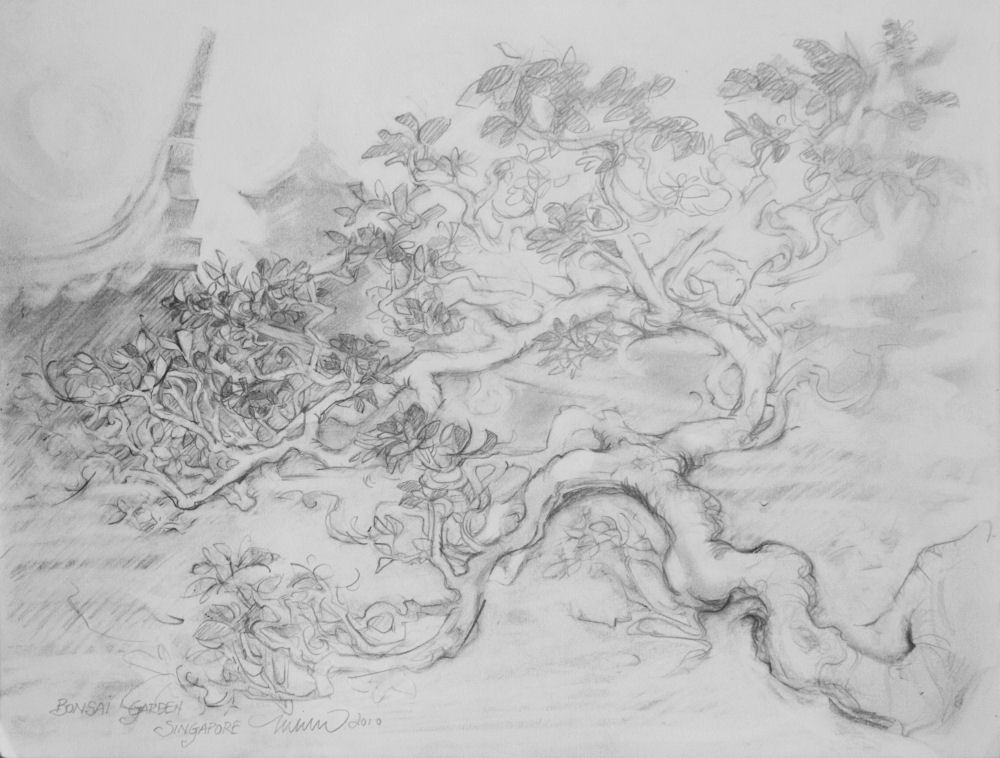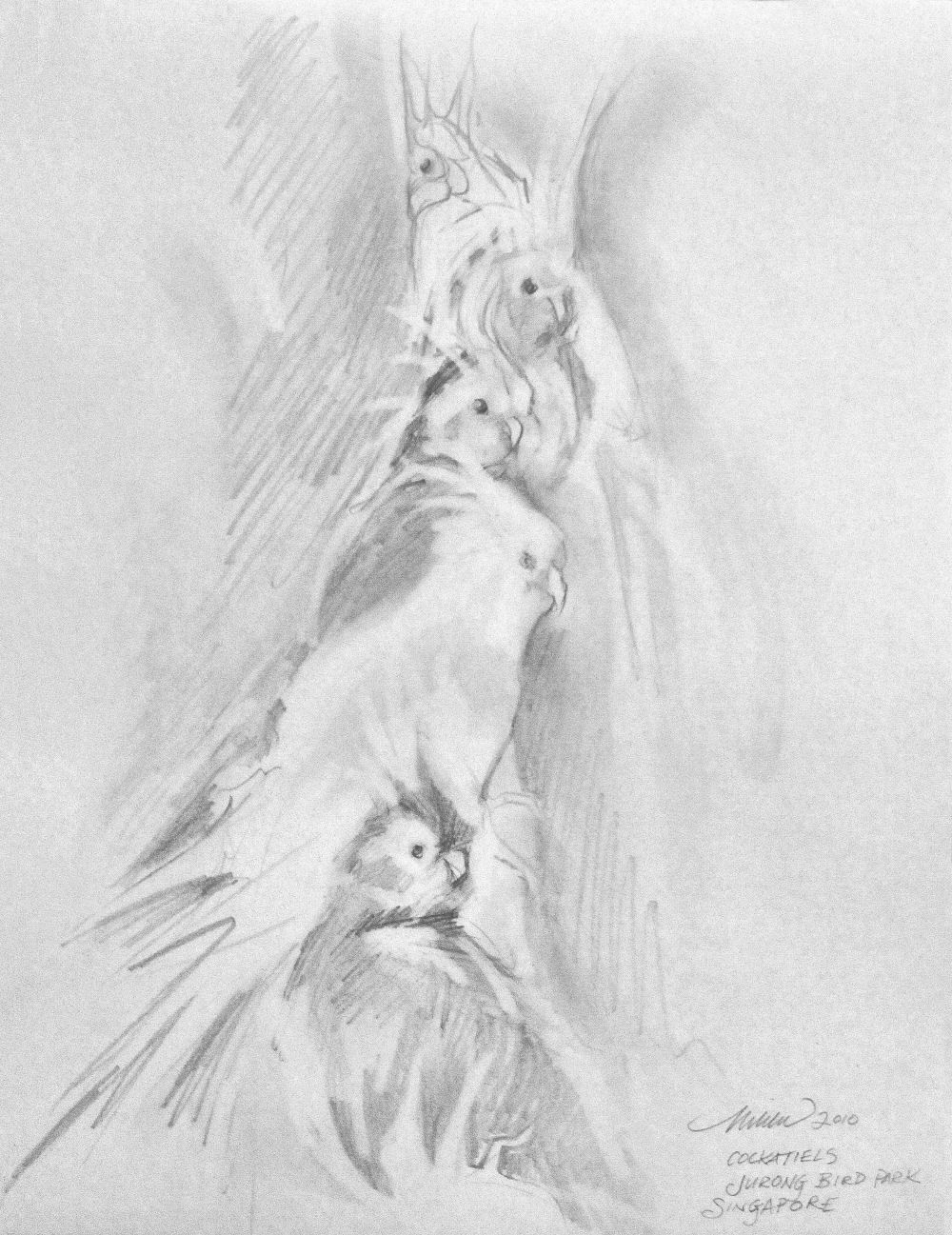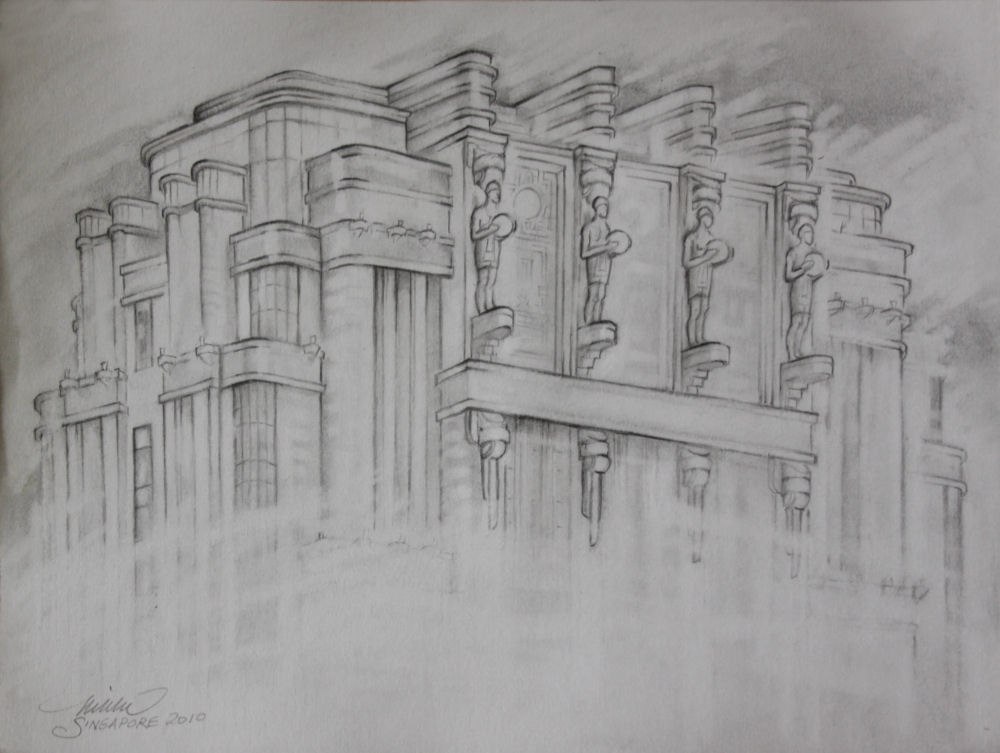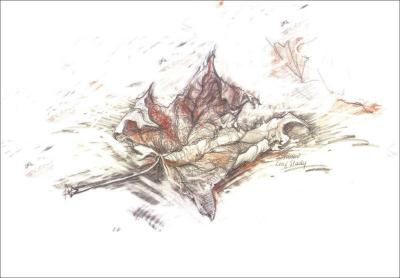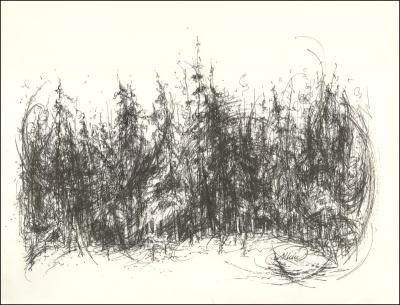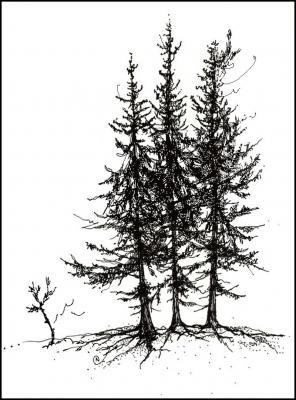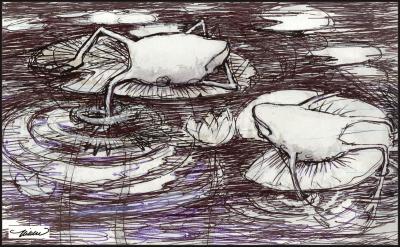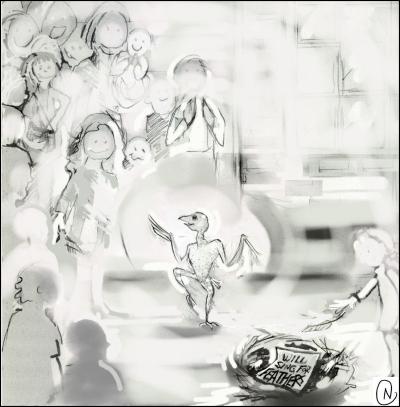drawings
« Previous Entries Next Entries »Bonsai Garden, Singapore
Saturday, May 29th, 2010
Bonsai Garden, Chinese and Japanese Gardens, Singapore, 9H x 12W inches graphite on paper, white mat and 15H x 18W inches white frame with crackle finish.
Masjid Sultan, version 01
Thursday, May 27th, 2010
Masjid Sultan, (Malay for Sultan Mosque), Kampong Glam district, Singapore, 9H x 12W inches graphite on paper, white mat and 15H x 18W inches white frame with crackle finish.
Cockatiels
Wednesday, May 26th, 2010
Cockatiels, Jurong Bird Park, Singapore, 9H x 12W inches graphite on paper, white mat and 15H x 18W inches white frame with crackle finish. Check out the Jurong Bird Park website.
Showcased in the J. Mane Gallery’s Fins, Feathers and Fur 2020 Exhibition.
New Series: Twenty-five days in Singapore
Tuesday, May 25th, 2010
Parkview Square Building, Singapore 11H x 14W inches graphite on paper
The opportunity to travel to Singapore popped up with a few days notice. While I’m here the plan is to do at least one sketch per day. The new series is called “Twenty-five Days in Singapore”. I drew the upper portion of the very unique Parkview Square building from my hotel room over the course of two days while recuperating after the 28 hour flight from Dallas. At a cost of $87 million, the Art Deco style building was completed in 2002. The eight fiberglass figures each holding a light-ball guard the building, only hint at the sort of art and design to expect on the grounds and the gorgeous interior.
Writing
Thursday, April 1st, 2010
The article on Drawing is finally revised and re-posted…10 days writing and revising. If I could draw about extreme writing I would, because it would certainly be a lot easier! Tomorrow, a treat away from all the computer work: starting a new painting. Today: a leaf study, conte and graphite on paper.
Little pen sketch
Thursday, February 25th, 2010
Marie Lake Campsite, Alberta, 8 x 10 inches pen on paper
Workshop: Cartoons to “Cool!”
Monday, February 22nd, 2010
Cartoons to “Cool!” Drawing and Illustration: How to take your abilities less seriously so they can seriously improve.
Cartoons a) use basic geometric shapes b) eliminate unnecessary details c) simplify lines and d) exaggerate key characteristics and the most obvious features of a subject. The same principles translate well to creating representational work also. Participants will learn to portray these basics in a favorite image, then have time to complete a more realistic drawing in the afternoon.
Where, When, and Sign up at: Oxide Gallery, Denton, Texas – Saturday, March 27th 10:30 a.m. – 4 p.m. If there is enough interest, a second workshop will be held Sunday, March 28th as well. Participants are welcome to sign up for both days.
Fee: $50 10:30 a.m. – 4 p.m. For ages 16 and up, any skill level (if you are 15 or 101 you will still be considered eligible) Min. – Max. # of participants: 5 – 15 Supplies: A variety of supplies will be provided, but also bring any of your own supplies that you want to work with. We will work partially from a still-life arrangement which you may choose to finish, but also bring favorite pictures, photos; images of any subject matter. Select one in particular that you hope to accomplish, or have a clearer direction toward finishing (in the manner you choose) at the end of the day.
___________________
Quote from The Zen of Seeing – seeing/drawing as meditation, drawn and hand-written by Frederick Franck:
“How, I am asked, does one draw animals cows, horses, birds? Since for me each new drawing is an adventure for which I cannot predict the outcome, is always — in a sense — my very first one, I can give no recipe.”
I’ve been asked to teach drawing since ‘way back, but with the philosophy that we are our own best authorities when it comes to creating anything, I’ve never felt even half-qualified to “teach” anything. It was a recent conversation with a couple of other artists, that propelled the energy to commit to this workshop. There are many ways to approach learning – specifically, how to draw – as many ways as there are individuals.
Alberta Spruce
Friday, February 5th, 2010
Alberta Spruce, pen and ink, digital pen
I gave permission to a guy who was getting married and wanted to use it in a wine label for the special vintage he and his fiancé created for their special occasion. If people are so respectful to write and ask to use any of my art images, I usually say yes.
Try Frog Asana
Monday, September 21st, 2009
Frog Asana, my suggestion for a new Yoga posture: the Frog Pose! Ink drawing on foolscap, tidied with digital pen
Basic pricing strategies: Artists and the economy
Thursday, September 17th, 2009
How do artists price their work? How do artists price their work honestly, consider themselves as legitimate business persons, still with equal regard to the buyer looking for quality and a fair deal? How do artists price their work reasonably while acknowledging the responsibility we have to our trade; that is, respecting that we, in many cases, base our prices on each other’s? How do artists price their work while competing other artists, when for some, savvy marketing skills yield profits far higher than the quality of their art? (Subjective as art is, we all recognize quality…or do we?). How do artists price their work to sell in a dicey economy? How do artists price their work to sell in a dicey economy that’s dependent on the moral and ethical whims of public spending, and the consequential extremes of society?
 I have just reluctantly slashed the prices on my artwork. I’m not going to soften the announcement with a less violent description, because compromising what I feel are well-earned wages, whether adapting to economic conditions or sharing a percentage of it for any reason, is brutal. My canvases are not the only ones feeling the brush of reality these days though; I see, hear and read that a lot of artists are reevaluating how much they ask for their work. Still, I applaud those artists who continue to stand up for the principles of the unspoken “Artist’s Code”, as Homer Simpson might put it. I’m not fond of unsold art accumulating and spilling out into every room of my home though. The hope is that it will resonate with someone else besides me. It must be seen and it must be shared.
I have just reluctantly slashed the prices on my artwork. I’m not going to soften the announcement with a less violent description, because compromising what I feel are well-earned wages, whether adapting to economic conditions or sharing a percentage of it for any reason, is brutal. My canvases are not the only ones feeling the brush of reality these days though; I see, hear and read that a lot of artists are reevaluating how much they ask for their work. Still, I applaud those artists who continue to stand up for the principles of the unspoken “Artist’s Code”, as Homer Simpson might put it. I’m not fond of unsold art accumulating and spilling out into every room of my home though. The hope is that it will resonate with someone else besides me. It must be seen and it must be shared.
Andy Warhol said: “Art is what sells”.
Maybe the average art enthusiast doesn’t know how we derive prices for our work. Maybe many artists don’t stop to dissect their decisions either. The prices of art in galleries worldwide are inconsistent, confusing and often irrational, and who is authorized to price artwork like that anyway? (Ideally it should be the artist). There are so many variables. I’m probably going to miss naming a few here because methods for pricing vary from artist to artist, hobby or career, and if their art is in the form of products or services. Costs of materials and time spent are considered, and price differences with regard those two factors have everything to do with the quality of time spent and quality of materials. Skill levels, concepts, originality, to some extent size, (ie. sculptures, murals), and if it’s for sale in a home studio in Rocky Mount, North Carolina or a high-end gallery in New York City…and most artists will tell you that above all, the final price has to “feel” right. For some strictly structural Art-minds, feelings in art don’t have a leg to stand on – but in actual fact they have two legs (the human thing). The most unpredictable, nonsensical thing is that even if the artist makes an impact while alive, their older work may be worth much less than the most recent, but when the artist dies, prices of their earliest works may increase.
Will Sing For Feathers, 8 x 10 inches, traditional graphite drawing scanned, drawn digitally, printed, process repeated
As we gain experience, confidence toward change and experimentation, and progressively improve our development as Artists, theoretically we should be able to charge more, which is why “mature” artists naturally feel they deserve to be paid more. Case in point: me. The price I initially wanted to charge for “Dancing With Trees” was $7,500.
It seems like a lot to be asking for those unfamiliar with all that painting or other forms of artwork involves. Time seems to be the most accountable factor in producing it. After viewing the artwork and the price, the most common question is: How long did that take you? It’s a fair question, because for most jobs, time input equals amount charged; a predictable amount of money is paid in exchange for a certain amount of labor within a set amount of time. If only it were that simple.
Using that system to price then, Dancing With Trees is my very best work to date, and it took almost 50 years to learn how to paint it. The price was reduced from $7,500.00 to $5,500.00. Assuming I don’t have to share a percentage of that figure with a gallery, and assuming it sells in the next year, that works out to approximately .7638888888888889 cents per hour. I feel confident that it’s worth that much. That’s a wage about as kookoo as a bird dancing for its own feathers. One day someone will come along who has an extremely large wall and agrees that the painting is worth .7638888888888889 cents per hour, and they will buy it. Each year work hangs around with me though, I decrease the asking price as new pieces are created.
Sometimes I wish I was just a bird!
The vocation of Artist is a calling, and a journey of personal growth. Who doesn’t want to do what they love, learn all the time, contribute the best they have to offer to the world, and earn a living as well? Creativity is not only what we love to do; it is a deeply-rooted habit, a compulsion and an addiction of the very best kind. Art is connected intimately with our lives so we continue to make “stuff” no matter what, and preferably, the artists’ judgment of its’ value will be trusted. In my revised Price List I’ve made a good effort to be fair to the buyer while at the same time remaining true to myself.
Post script, 2016: Well, such is life — due to the economy, and a taste of humble pie, I have since lowered the price of Dancing With Trees 03 to $1,100. It’s still substantial enough to pay for my time and material costs, and perhaps more in tune with the reality of art sales expectations these days.
« Previous Entries Next Entries »

